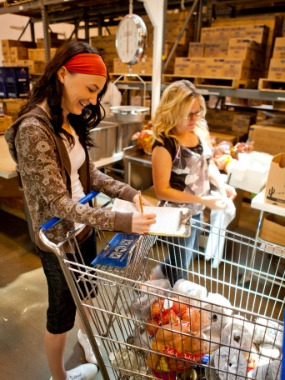
This story appears here courtesy of TheChurchNews.com. It is not for use by other media.
By Mary Richards, Church News
Service missionaries for The Church of Jesus Christ of Latter-day Saints who were called to serve as managers at the bishops’ storehouse in Greensboro, North Carolina, reflected on their time in the role as filled with hard work and spiritual blessings.
Bob and Millie Hahn, Jim and Cathy Watkins and Cliff Blood made improvements, labored long hours and invited others to come unto Christ as they served in what they call the best calling in the Church.
What Is a Bishops’ Storehouse?
Bishops’ storehouses are run through the Church welfare program. Each storehouse is a physical location where people in need can get food or other supplies at the recommendation of their bishops, explains the Church’s Provident Living website. A bishop has the responsibility to care for those in need within his ward boundaries.
The storehouse has anything that can be found in a regular grocery store, like fresh food and produce, milk, meat, canned goods, cleaning supplies, personal hygiene products and other commodities. These are paid for by donations from Church members. These supplies can also be packed up and sent to other areas after natural disasters, wars or economic crises.
This is done by divine mandate in both ancient scripture and modern revelation.
“And again, let the bishop appoint a storehouse unto this church; and let all things both in money and in meat, which are more than is needful for the wants of this people, be kept in the hands of the bishop” (Doctrine and Covenants 51:13).
“Bring ye all the tithes into the storehouse, that there may be meat in my house, and prove me now herewith, saith the Lord of hosts, if I will not open you the windows of heaven, and pour you out a blessing, that there shall not be room enough to receive it” (Malachi 3:10).
“And the storehouse shall be kept by the consecrations of the church; and widows and orphans shall be provided for, as also the poor. Amen” (Doctrine and Covenants 83:6).
The Call to Serve
The Greensboro North Carolina Bishops’ Storehouse serves 21 stakes, mostly in North Carolina but also up into Roanoke, Virginia, and down to Rock Hill, South Carolina.
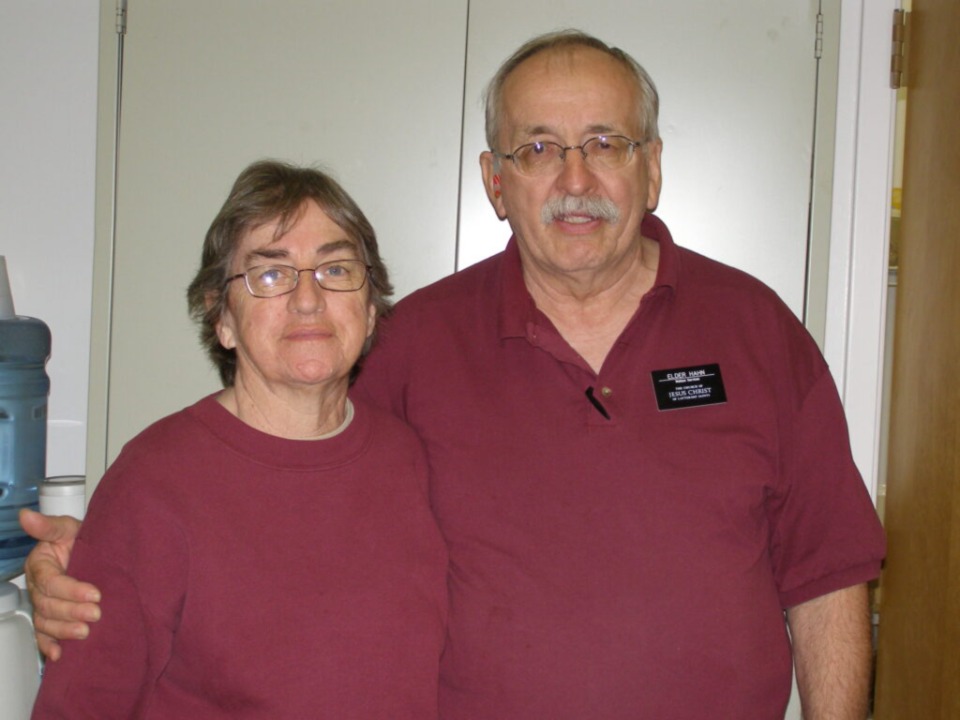
Bob and Millie Hahn, from the Hickory North Carolina Stake, served at the Greensboro storehouse for around two and a half years, until 2010.
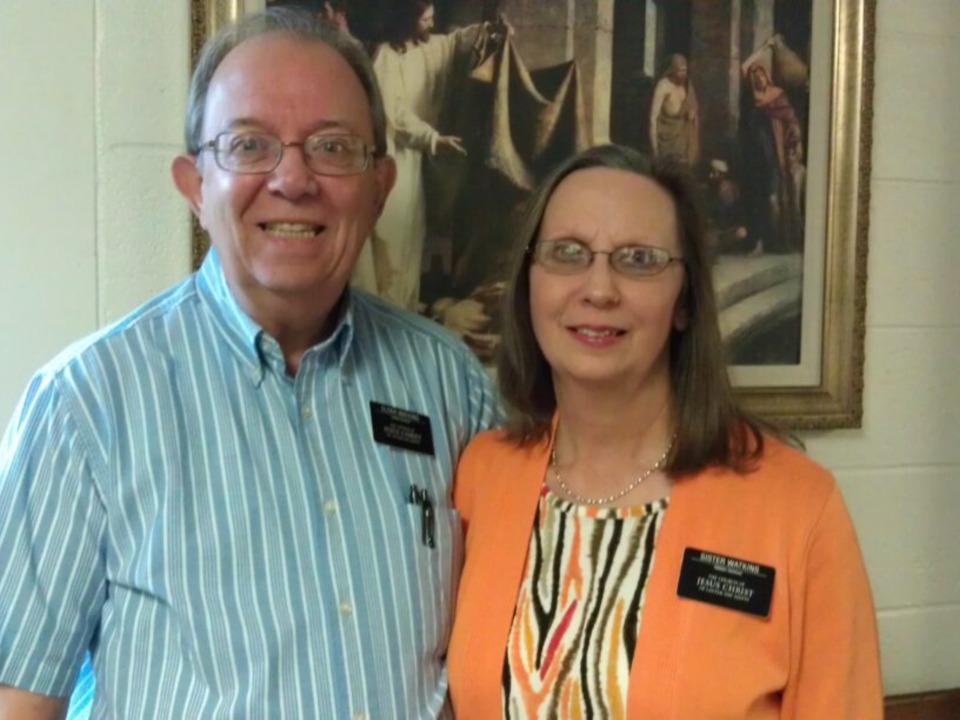
Jim and Cathy Watkins from the Winston-Salem North Carolina Stake were called to replace the Hahns in late 2010 and served until late 2012. The Hahns and Watkinses overlapped for a time during the transition.
The Watkinses said they thought they would serve for a few hours in the morning for around three days a week, but they stayed longer when they realized the need.
“We were there a minimum of four and often five days a week, many from 6 a.m. to 5 or 6 p.m. But we loved being there, knowing what we were doing was helping those in need,” said Jim Watkins.
The Watkinses also found out very quickly how physical the job could be.
“It took me six weeks to get accustomed to the physical aspect of the job. I thought I was going to die,” remembered Jim Watkins. “But I remembered when President [Thomas S.] Monson promised the missionaries that the Lord will strengthen your back for the load he placed there. That was certainly true for me.”
The Hahns and Watkinses served alongside Cliff Blood, who now lives in the Asheville North Carolina Stake.
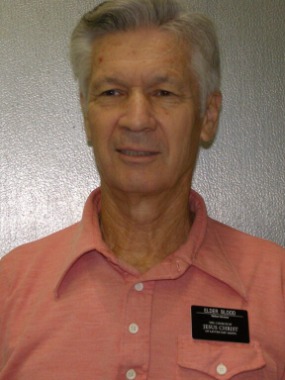
Blood explained that when he was called to the position in early 2010 by Stake President John Marsh, his wife, June, had passed away the month before.
“President Marsh said to me, ‘We are not supposed to call people who aren’t married to be the manager, but I’ve double-checked with Heavenly Father, and well, you’re the manager!’” said Blood.
Making Improvements
At that time, in the early 2010s, Relief Society presidents filled out orders by hand and, after approval from the bishop, mailed them to the storehouse. Millie Hahn and Cathy Watkins, working in the office, would enter mail orders into the computer and then print out the drop-site orders. A drop site is when a truck delivers commodities to a meetinghouse for those who live too far from the storehouse to make the trip — storehouse trucks are dispatched to locations within 150 miles of the storehouse. After the truck delivers the commodities, recipients pick up the goods, or another Church member will deliver to them if they don’t have transportation.
The Hahns set up the warehouse to reflect the bishop’s order form so that when they pulled items for drop-site orders or to resupply shelves, they were pulled according to their appearance on the order form.
Then each order was bagged, even those for people who lived a long way from the storehouse. Bob Hahn said they changed that completely, moving from individual order pulling to bulk delivery. Now each order is consolidated with others going to the same stake center or meetinghouse for the drop site. Hahn’s new method saved time and became more organized. It is still used today.
“We also started asking [the volunteers] to do an inventory of everything at the drop site before they broke it down into individual orders. This increased their accuracy drastically,” said Blood.
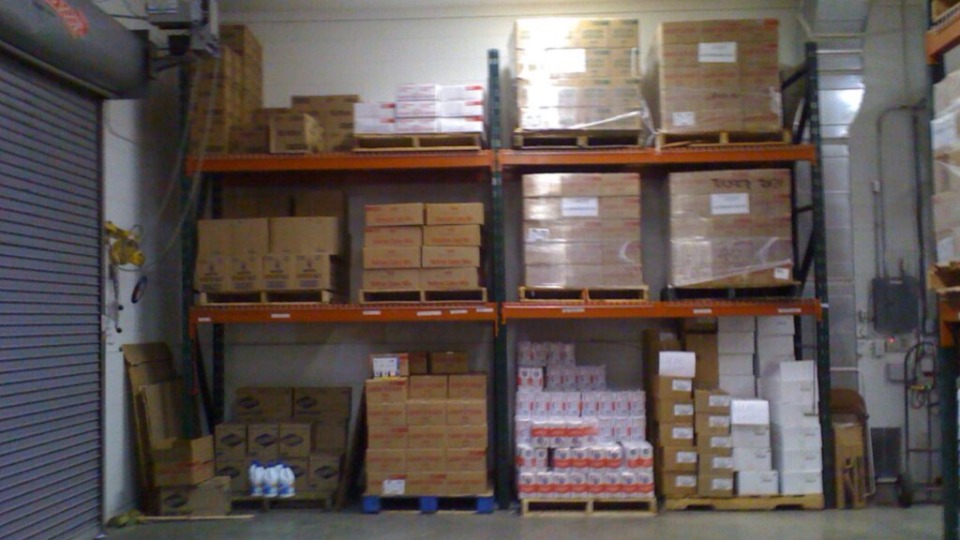
The produce, dairy and bread for supplying the storehouse used to be ordered manually. Jim Watkins started to recognize patterns in the orders and the amounts that were needed. He looked through the previous year’s usage and started to adjust orders by month. Then the manager after him began the activity recorded from previous years on the computer to help know what to order.
The Watkinses and Blood made more time-saving changes by reorganizing the pallets on the warehouse floor to make it easier to pull bulk orders without having to reach up to a second level.
“Once a year we took all the pallets off the shelves and he cleaned all the pallet racks by hand,” said Jim Watkins.
Blood found new, creative ways to place boxes on pallets when doing bulk shipments to different stakes for pickup. He said orders would typically fill two large pallets and he would handle each box on the pallet at least twice.
“It’s kind of like playing a three-dimensional Tetris game,” Blood said.
The Watkinses ordered roller racks for the shelves in the store part of the building, which helped to create more space for patrons and volunteers to be in the same space at the same time.
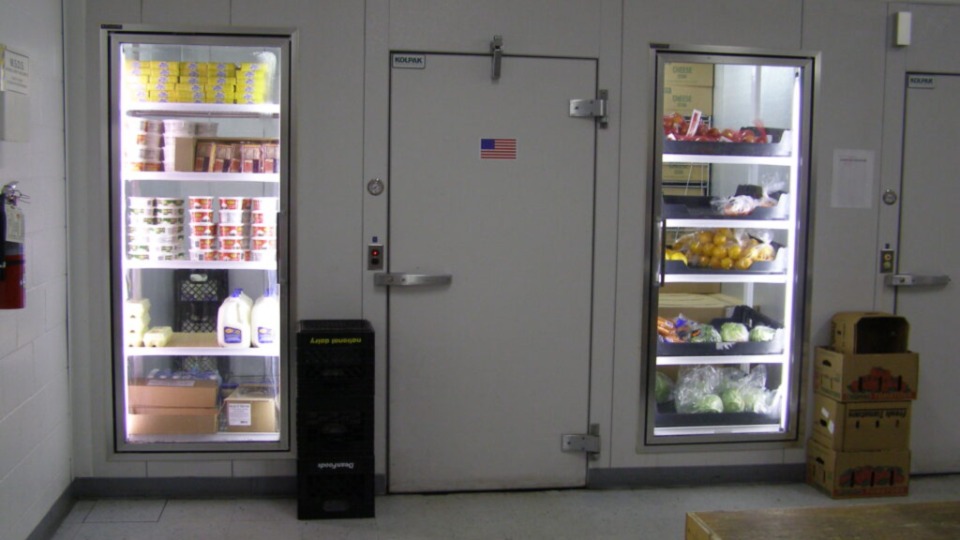
A new freezer came next. The Hahns said it was a challenge to move the items in and out of the two freezers they had on the outside of the building. Under the Watkinses, the storehouse grew busier and covered more drop sites, and they needed more freezer space. Blood said they thought it would take years for their request to get the budget approval, but it came through much faster after they communicated their need for extra space.
Volunteers Versus Assignments
Storehouses are operated almost exclusively by a staff of volunteers and service missionaries who are called and set apart by their stake presidents, explains the Church’s Provident Living website.
The Hahns were very grateful for the regular volunteers who gave of their time. They said it made the challenging work of filling orders easier.
When the Watkinses began their service mission, they said they were basically alone except for the assistant manager and the few volunteers who came regularly on Mondays to help.
Things changed eight months into their calling when the stakes started assigning people from the wards to volunteer. The Watkinses said the assigned time slots really helped them fulfill the mission of the storehouse.
Besides the Church members who work by assignment or by volunteering for a shift, bishops also ask those who receive assistance to work for a time in the storehouse in whatever way they can. These work assignments provide them with opportunities to give back in a meaningful way as they work with their bishops to become more self-sufficient, according to the Church’s Provident Living website.
The Spiritual Work
The Hahns said that whenever a patron came in to fill their order around lunchtime, they would invite the patron to have lunch with them.
“Once, a fellow came in and, as we were eating lunch, he commented about missionaries knocking on people’s doors. I commented that in this case, he had knocked on our door,” said Bob Hahn.
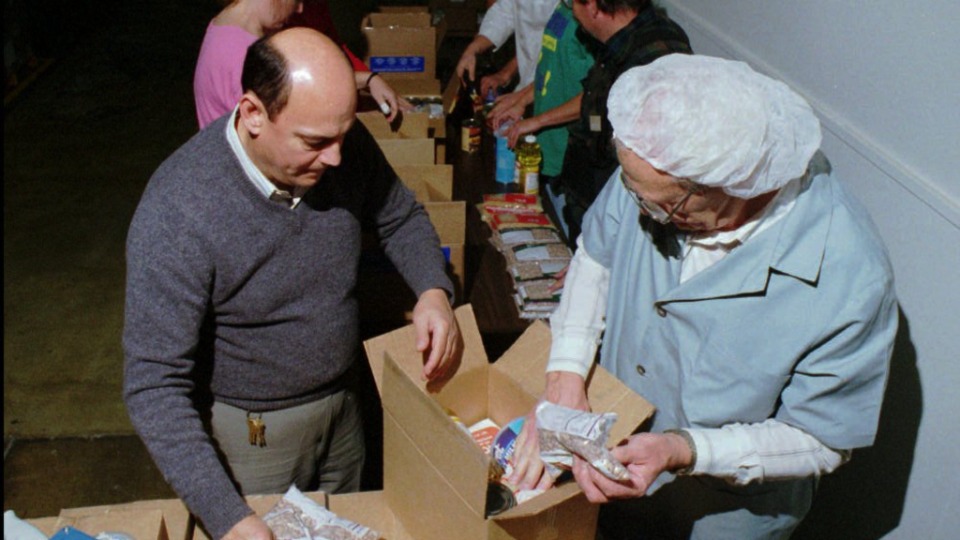
Jim Watkins said they received many humanitarian orders while he was there. This occurs when requests are made to have food and supplies go to another area in need after a natural disaster or economic crisis. Watkins said that in 2011, his second year, they had 84 humanitarian orders.
Watkins said that when people from other religious denominations or community groups came to pick up those humanitarian orders, they gave the visitors a tour of the storehouse.
“We explained how the members of our Church fast once a month and donate that money to the welfare program as a fast offering. There were a few people who were in tears when they heard that,” said Jim Watkins.
The Watkinses also gave these groups two cases of copies of the Book of Mormon. This was not a requirement to get the order, but many took one, he said.
The Watkinses and Blood called the storehouse a “temporal temple” for the work they did there.
“When people walked through the door, they would almost get blown away by feeling the spirit of that place. It is a wonderful place,” said Blood.
The Best Calling
Millie Hahn and Cathy Watkins worked in the office, entering all the orders. Hahn said it was hard work, and Watkins described it as a beehive of activity. It seemed the phone was ringing all the time. Despite that, Watkins said, it was the best calling she’s ever had.
Blood also called it the most fulfilling calling he has had.
“It always amazed me that somebody could come to me with a problem and immediately a solution came to me on how to handle that particular issue. I didn’t have a lot of experience with that sort of thing, so it was a miracle that I could instantly know what to do,” said Blood.
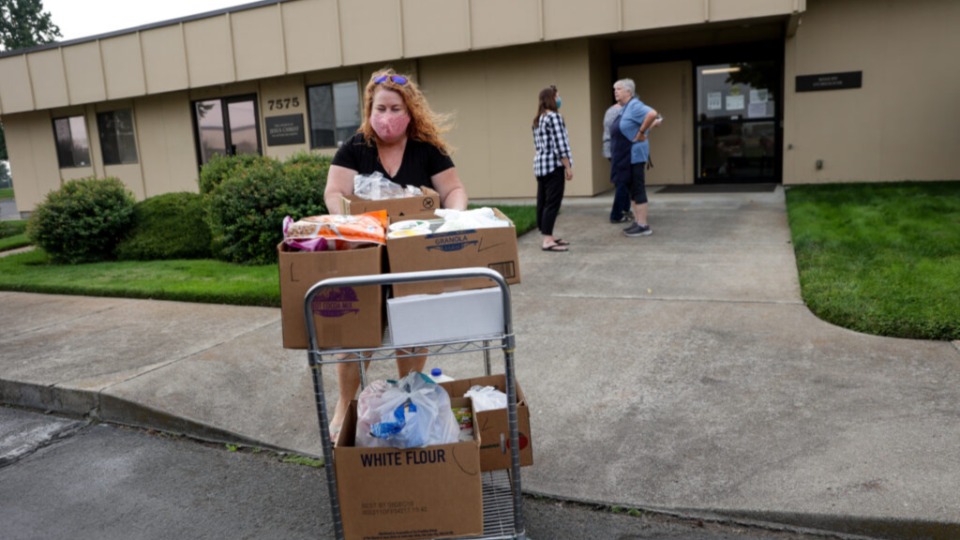
Even after being released, Jim Watkins still volunteers on Mondays. He is now in his 11th year at the bishops’ storehouse and says it is a wonderful feeling to see the smiles on people’s faces when they load products into their car.
“The Church welfare program is fantastic. It sure helps a lot of people,” said Bob Hahn. “In my 52 years in the Church, being the manager of the bishops’ storehouse was my most favorite calling.”
Copyright 2021 Deseret News Publishing Company